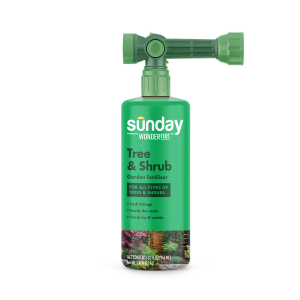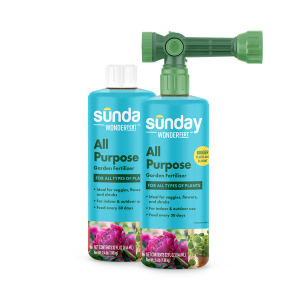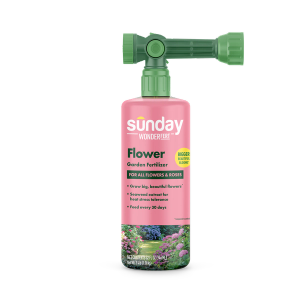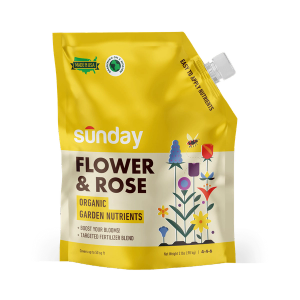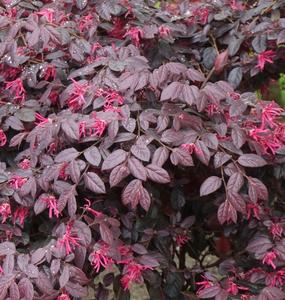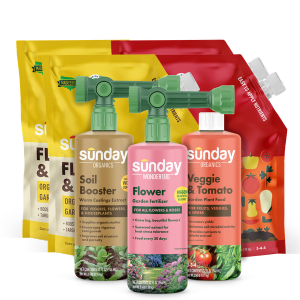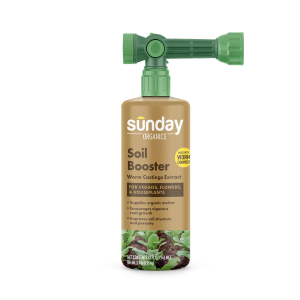What is alternative landscaping?
Alternative landscaping is just that—an alternative to traditional turfgrass lawns. There’s a whole world of lawn alternatives out there, and no one-size-fits-all solution.
If you’re thinking about making the switch, some lawn alternatives could include:
- Low-input turfgrasses
- Flowering lawns
- Meadows or wildflowers
- Ornamental plants and groundcovers
- Rocks, gravel, mulch, or pavement
- Artificial turf
What are the benefits and drawbacks to alternative landscaping?
There are several potential benefits to switching to alternative landscaping—if done right. Those benefits include:
- Reduced water and pesticide use
- Adding beauty and function to the yard
- Adding biodiversity to your piece of land
There are possible disadvantages to alternative landscaping, though. For one, not all HOAs or city ordinances allow for alternative landscaping, so be sure to check! Plus, replacing your lawn with hardscape or artificial turf, for example, can erase the benefits of having live plants in your yard, such as heat mitigation, water infiltration, and supporting the underlying soil.
Similarly, many people think that even planted alternative landscapes are maintenance- and input-free. But all live plants require some water to establish and thrive, and fertilizer and pesticide inputs may still be needed occasionally for maintenance and plant health. This is why it is so important to choose wisely when making the switch to alternative landscaping.
Cited sources
Lawn Alternatives. University of Maryland Extension.
Principles of Water Wise Landscaping. Utah State University Extension.







